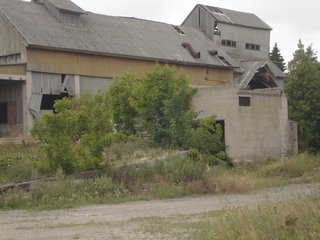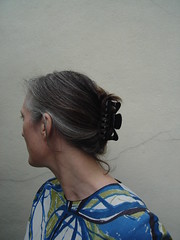
Instead I have to do a million and one things including:
1. Do washing
2. Tidy up
3. Write (finish writing) paper for BERA
4. Send final version of article (not yet revised) for Encyclopaedia thingy deadline end August.
5. Send final version of chapter (not quite done) for book deadline end August.
6. Send 2 reviews of articles for Language and Education off (not done) deadline end August.
7. Read at least 7 MA student dissertations and comment in intricate and profound ways by end of today.
8. Notice that children exist and wonder what to do with them.
9. Feed children.
10. Get ready for meeting tomorrow and panic (do not feel at all ready).
11.Wonder what will wear for meeting (readers please help is it Autumn yet?)
This is called Going back to work after the holidays and luckily I think we all feel the same.
Good luck everyone!


